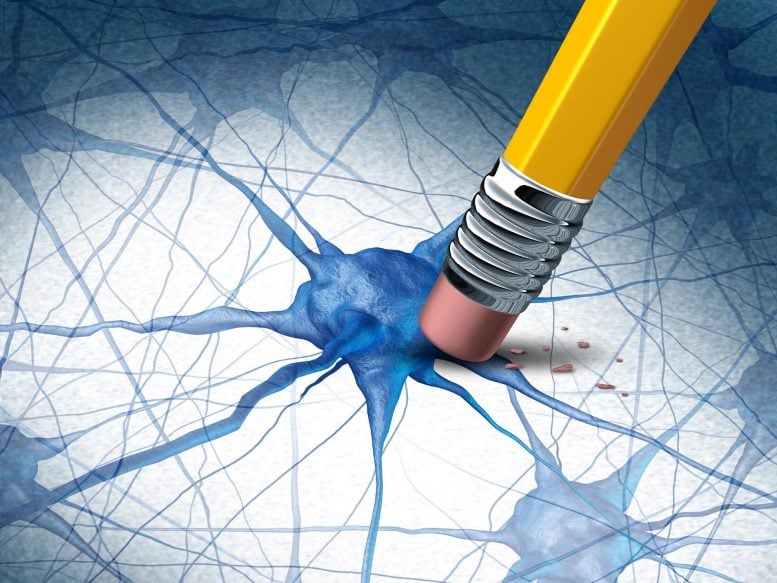[ad_1]

Researchers at the University of North Carolina at Chapel Hill have launched an revolutionary drug supply system utilizing amyloid fibers that reply to body warmth by untwisting, probably providing a brand new approach to deal with neurodegenerative ailments. This system builds on the understanding of how amyloid plaques, related to Alzheimer’s illness, type and progress, providing hope for reversing their results.
New findings could possibly be helpful in remedy to untwist and degrade amyloid plaques in Alzheimer’s illness.
University of North Carolina at Chapel Hill researchers have developed a brand new drug supply platform that harnesses helical amyloid fibers designed to untwist and launch medicine in response to body temperatures.
A brand new analysis paper printed in Nature Communications reveals groundbreaking structural particulars into how ailments type very like Alzheimer’s illness. With this data, the group could have uncovered a novel mechanism to reverse each the deposits and their affect on these affected by these situations.
UNC-Chapel Hill researcher Ronit Freeman is main a analysis group with investigators from the Lynn lab at Emory University checked out the core beta amyloid-42 peptide, the key portion driving amyloid plaque meeting and deposits in the brains of sufferers with Alzheimer’s illness. By creating artificial variations of the peptide in the lab, they have been in a position to uncover the best way to management the method that these molecules assemble and twist.
Synthetic Peptide Innovation
“The ability of these amyloid materials to be untwisted and degraded highlights potential for treatments modifying and subsequently reversing plaques found in Alzheimer’s and other neurodegenerative diseases,” stated Freeman. “We know that the direction of the amyloid fibril twists is associated with different disease progression states. Imagine that by a simple treatment, we could modify amyloids to change their shape and disappear – this is what our discovery might enable us to do in the future.”
Using superior spectroscopic methods, the researchers probed how particular person peptides work together, revealing details about meeting charges, distances between peptides, peptide alignment, and importantly the course of twist. High-resolution electron and fluorescent microscopy have been used to characterize the morphology of the supplies at totally different temperatures.
The investigators recognized that the N-terminal area of the peptide is vital for programming the form of the meeting corresponding to tubes, ribbons, or fibers, whereas C-terminal modifications direct both a left- or right-handed twist inside the materials. Using these design guidelines, a collection of peptides have been tuned to change on-demand between left-handed and right-handed twisted ribbons in response to altering temperatures. This twist inversion then renders the materials vulnerable to degradation by pure proteins, a fascinating characteristic for supplies used as supply autos.
Reference: “Uncovering supramolecular chirality codes for the design of tunable biomaterials” by Stephen J. Klawa, Michelle Lee, Kyle D. Riker, Tengyue Jian, Qunzhao Wang, Yuan Gao, Margaret L. Daly, Shreeya Bhonge, W. Seth Childers, Tolulope O. Omosun, Anil Ok. Mehta, David G. Lynn and Ronit Freeman, 26 January 2024, Nature Communications.
DOI: 10.1038/s41467-024-45019-2
[ad_2]